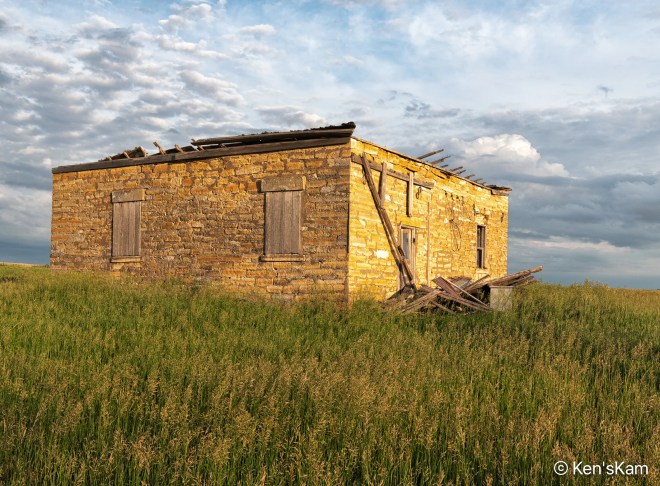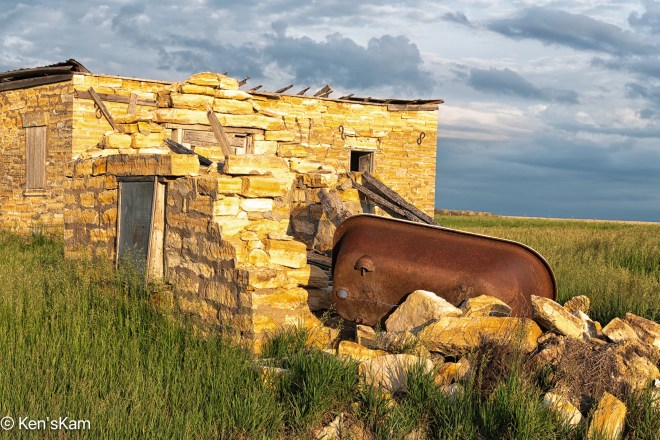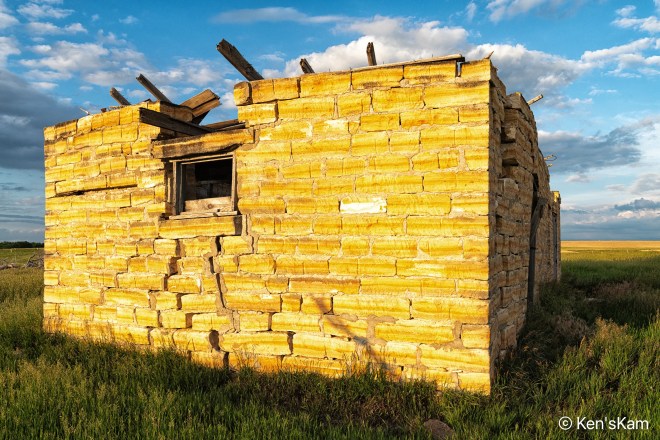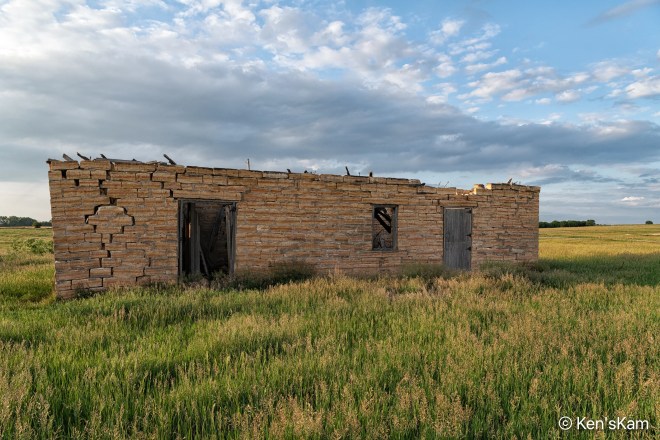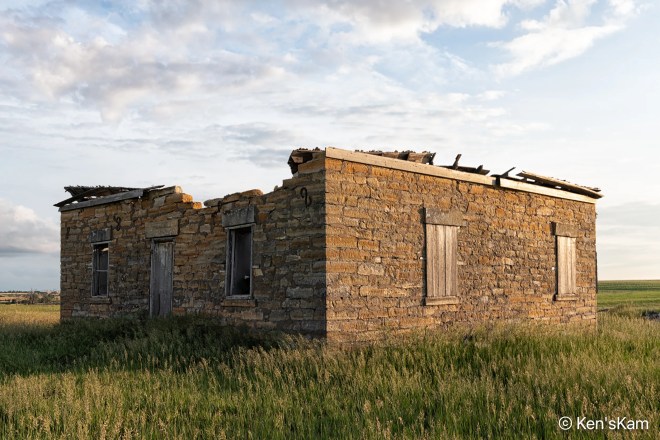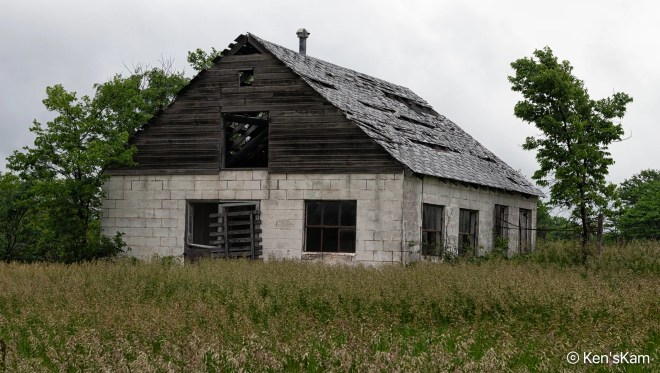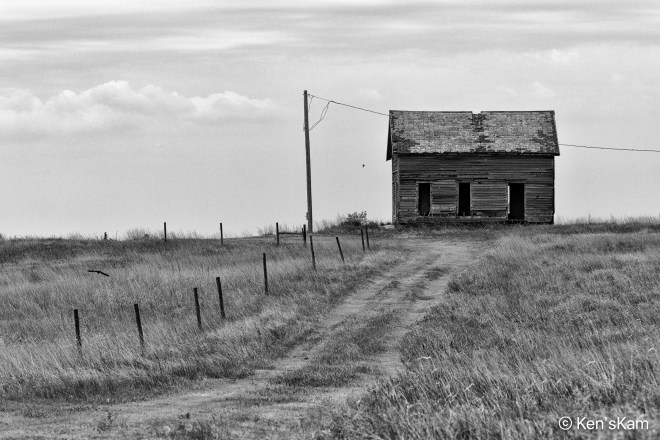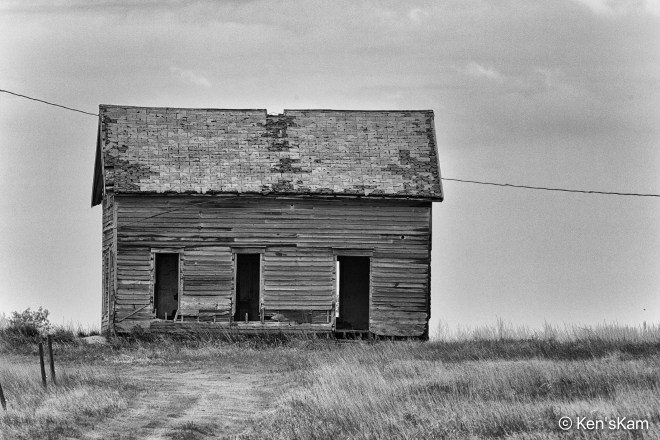Near the hoodoo (last post) there were wildflowers, most with insects scrambling about on them, that I took time to photograph with my iPhone.

I made numerous images of this and other nearby Prickly Pear flowers. I think this is my best shot.
And to back track a little, I had stopped along the gravel, backroad into the park to check out a possible area for late day photography and noted the numerous and varied wildflowers at the side of the roadway. the sun was high in the sky, so the lighting was not highly favorable for shooting the wildflowers, but I did so anyway using the camera in my iPhone.

I also used the plant identification built into my iPhone to identify these wildflowers, so I hope my labels are accurate.

Though my iPhone identifies this yellow wildflower with many petals as a ‘Common Dandelion’, these don’t look like the dandelions that commonly grow in my Texas lawn. So maybe Texas does not have ‘Common Dandelions’?

The shiny leaves of this ‘Sphaeralia coccinea’ are mostly due to the bright sunlight reflecting from the petals.

I thought this wildflower was a form of the Texas Primrose, commonly referred to as a ‘buttercup’. Not so, according to my iPhone, which says it is ‘Field Bindweed’. The flower petals open more flatly than do those of the Texas Primrose.
And while the current topic is wildflowers, there are many in the Badland National Park. In my scouting stops along the main roadway through the park, I photographed many.


And some spent flowers. ‘Once there were Flowers’ monochrome image was chosen for Flickr’s Explore Page.


More iPhone scouting photos to follow,
Ken


































